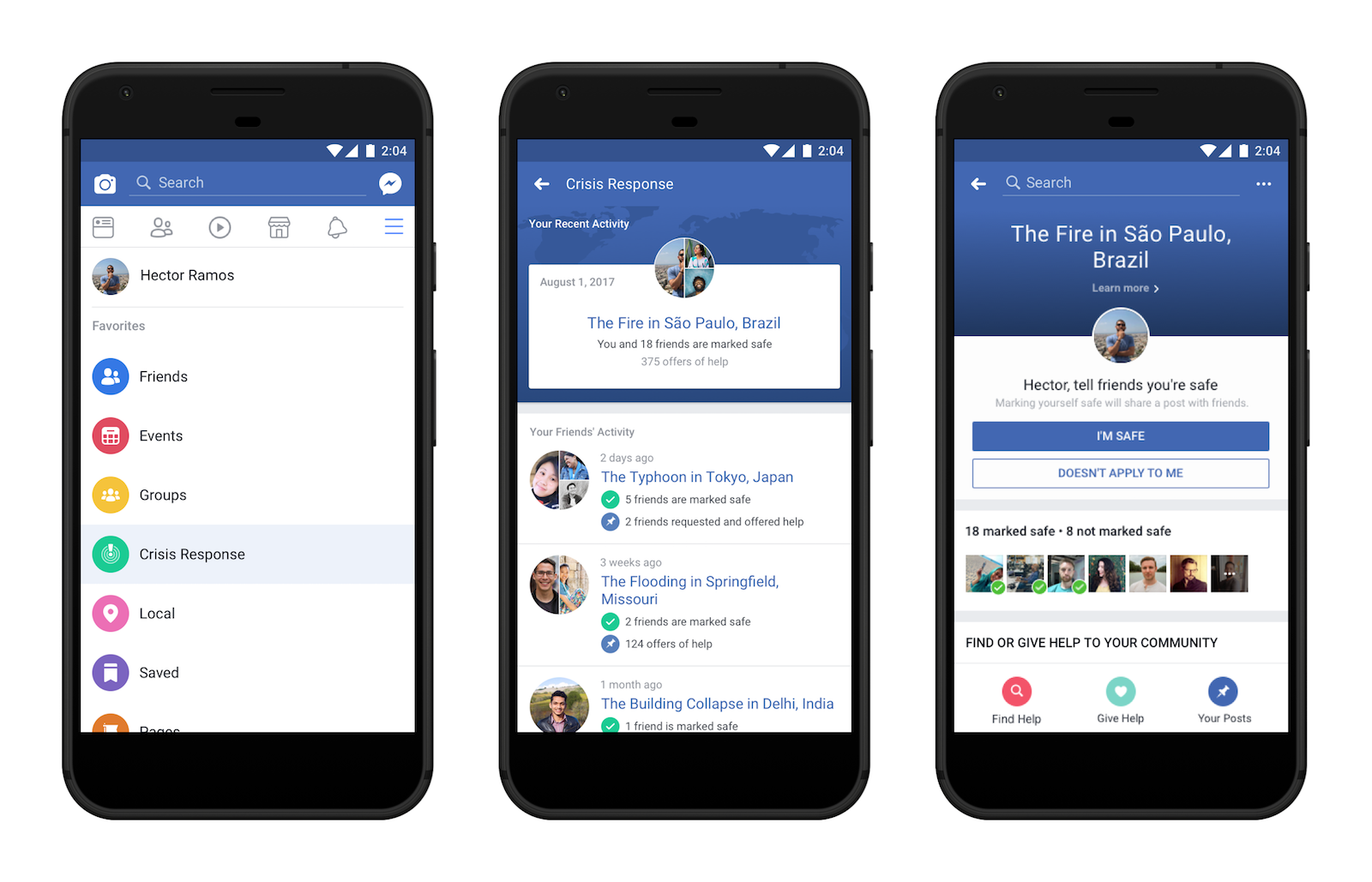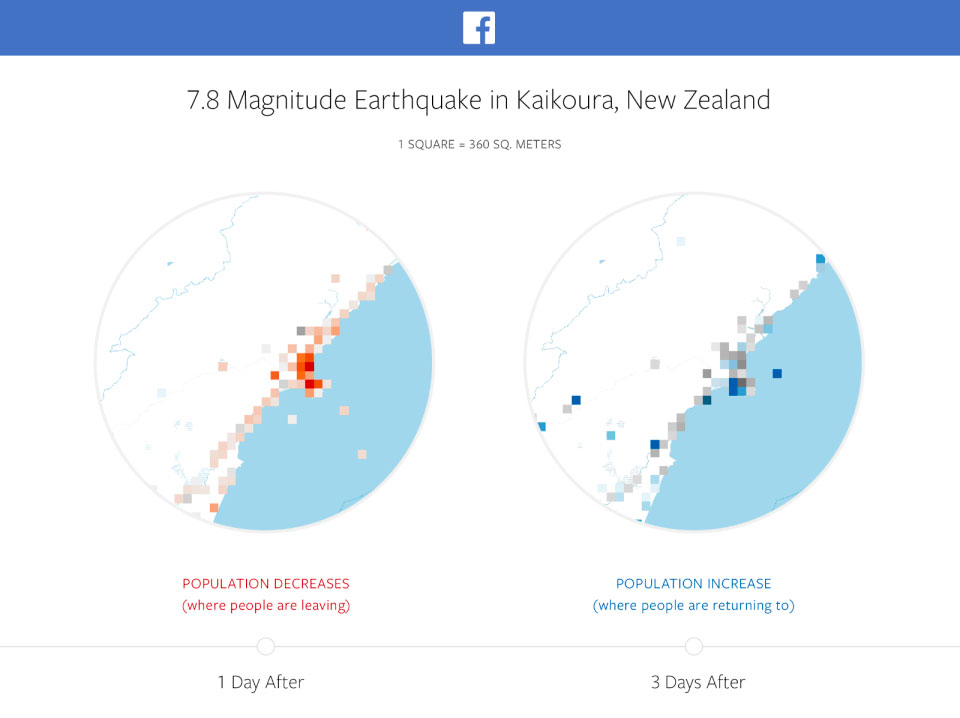
It's a fairly menacing sight, an aluminum robot sporting big tank treads -- that is, until you watch one of its creators do a handstand on top of the thing in a pair of cargo shorts. And really, while the 'bot wouldn't look too out of place with a small machine gun strapped to its front, its intentions are peaceful, seeking to extend the WiFi connections to hazardous places lacking in network infrastructure. We first heard about the project last week, when the team of computer and electrical engineers at Northeastern University that created it first revealed their work to the media. A visit this weekend to our favorite Somerville, Massachusetts-based hackerspace provided the opportunity to check out the beast in-person and discuss the project with a couple of its creators.
After the limited machining resources at Northeastern failed to meet their needs, the students found a home at Artisan's Asylum, where they learned the skills necessary to put together this ambitious project, utilizing classes and the metal shop provided by the space. The result is an impressive sight, a robot capable of climbing stairs and supporting the weight of two adult humans -- the latter of which they happily demonstrated for us in a yet-to-be-occupied new wing at Artisan's. The former, on the other hand, we were unable to see, sadly, as the internals were mostly gutted at the moment on the ever-evolving project. Team member Dan Landers, was more than happy to discuss the project, standing next to a pile of water jet-cut steel pieces that will form the first leg of giant hexapod Stompy, a project on which Landers is also a participant.
Continue reading WiFi-Extending Robot is built like a tank -- we talk to the people behind the project (video)
Filed under: Robots, Wireless
WiFi-Extending Robot is built like a tank -- we talk to the people behind the project (video) originally appeared on Engadget on Mon, 06 Aug 2012 15:00:00 EDT. Please see our terms for use of feeds.
Permalink |
 Glench
Glench |
Email this |
Comments
 Today, Uber outlined a new set of guidelines regarding how the company will respond in the event of a crisis, such as a natural disaster or terrorist attack. The company's Global Security Center (GSC) monitors conditions in every area that Uber opera...
Today, Uber outlined a new set of guidelines regarding how the company will respond in the event of a crisis, such as a natural disaster or terrorist attack. The company's Global Security Center (GSC) monitors conditions in every area that Uber opera...
 Today, Uber outlined a new set of guidelines regarding how the company will respond in the event of a crisis, such as a natural disaster or terrorist attack. The company's Global Security Center (GSC) monitors conditions in every area that Uber opera...
Today, Uber outlined a new set of guidelines regarding how the company will respond in the event of a crisis, such as a natural disaster or terrorist attack. The company's Global Security Center (GSC) monitors conditions in every area that Uber opera...
 Days after the agency pledged $77 million to fix communications on Puerto Rico and the Virgin Islands, newly-reconfirmed FCC Chair Ajit Pai announced the creation of the Hurricane Recovery Task Force. It's dedicated to repairing damage caused by the...
Days after the agency pledged $77 million to fix communications on Puerto Rico and the Virgin Islands, newly-reconfirmed FCC Chair Ajit Pai announced the creation of the Hurricane Recovery Task Force. It's dedicated to repairing damage caused by the...
 Last year, it was reported that Facebook was working on an always-ready crisis hub that would bring together its Safety Check feature with posts and videos relating to an ongoing emergency. Today, it announced that the tool is going live.
Last year, it was reported that Facebook was working on an always-ready crisis hub that would bring together its Safety Check feature with posts and videos relating to an ongoing emergency. Today, it announced that the tool is going live.
 When natural disasters hit, the role of a site like Facebook switches from a fun social networking platform to a tool that can be used to save lives. Fully aware of the role it plays in natural disasters, Facebook has today announced that it will be...
When natural disasters hit, the role of a site like Facebook switches from a fun social networking platform to a tool that can be used to save lives. Fully aware of the role it plays in natural disasters, Facebook has today announced that it will be...









